Why is Ptuj one of the most special cities in Slovenia?
When you head upstream along the Drava River, somewhere between the wine-growing hills and the Slavonian horizon, you’ll come across a town that doesn’t impress with its size, but with something far more powerful — its story. Ptuj is not only the oldest Slovenian town, but a living museum of time, where every stone, tower, and custom carries a layer of history. If you’re wondering why visit Ptuj, the answer is simple: Europe has been breathing through this place for centuries.
Ptuj’s long history
Today, it may seem like a quiet, almost modest town, but its roots reach back thousands of years. As early as the Neolithic period, people found their place under the sun here, but it was with the arrival of the Romans that Ptuj entered the grand stage of history. Then known as Poetovio, it became a developed urban center with forums, baths, an amphitheater, and a military presence. In the year 69, it was right here that the Roman army declared its support for Vespasian in his claim to the imperial throne — a clear sign of how important the town was at the time.
After the Roman era, throughout the Middle Ages, it came under the administration of the Archbishopric of Salzburg. The town then experienced a revival through trade, church institutions, and guilds. While the empires around it changed names and borders, Ptuj remained — not as a capital of power, but as a quiet and steady center of knowledge, spirit, and everyday life.

Ptuj, Photo: Aleksandr Medvedkov, Dreamstime
A WALK THROUGH THE PAST
The most visible symbol of that history is Ptuj Castle, perched on a hill above the old town center. Although it now houses a museum, the castle is still a place that speaks through space — within its walls are collections of medieval weapons, historical musical instruments, artworks, and authentic Kurent masks that bear witness to the living folklore of the region.
But it’s not the only castle nearby — just a short distance away lies Turnišče Castle, less known today, but once an important noble residence, surrounded by mysterious legends and peaceful landscapes.
Descending into the town’s historic core, Ptuj reveals itself step by step. The Dominican Monastery from the 13th century, now serving as a cultural venue, stands as a testament to the spiritual importance the town once held. The Church of St. George, with its Romanesque foundations and Gothic elements, still dominates the view over the old square. And in that very square stands the Orpheus Monument — a Roman tombstone that has watched passersby for millennia, without grandeur, but with dignity. You can’t miss it, because it belongs not only to the space, but to time itself. Rising above the entire center is the town tower, a keeper of rhythm and balance, which still rings out daily, just as it has for centuries.
- Ptujski dvorac ( Ptuj castle), Photo: Adria.fun
- Ptujski dvorac ( Ptuj castle), Photo: Adria.fun
WHEN NATURE IS MORE THAN JUST A BACKDROP
Ptuj doesn’t offer nature merely as a backdrop, but as an extension of everyday life. Although man-made by the damming of the Drava River, Lake Ptuj is the largest permanent lake in Slovenia, covering more than 340 hectares. Today, it is one of the most important resting spots for migratory birds, and also an ideal place for cyclists, walkers, and anyone who enjoys the quiet rhythm of water. The lake wasn’t created for postcards, but for people — and that’s why you tend to stay there longer than planned.
If you feel the need to relax afterwards, Terme Ptuj offers a modern complex of pools, saunas, and wellness facilities, all just minutes from the old town. You won’t feel the weight of history there, and that’s the point. It’s a place to let go of everything else and simply give in.
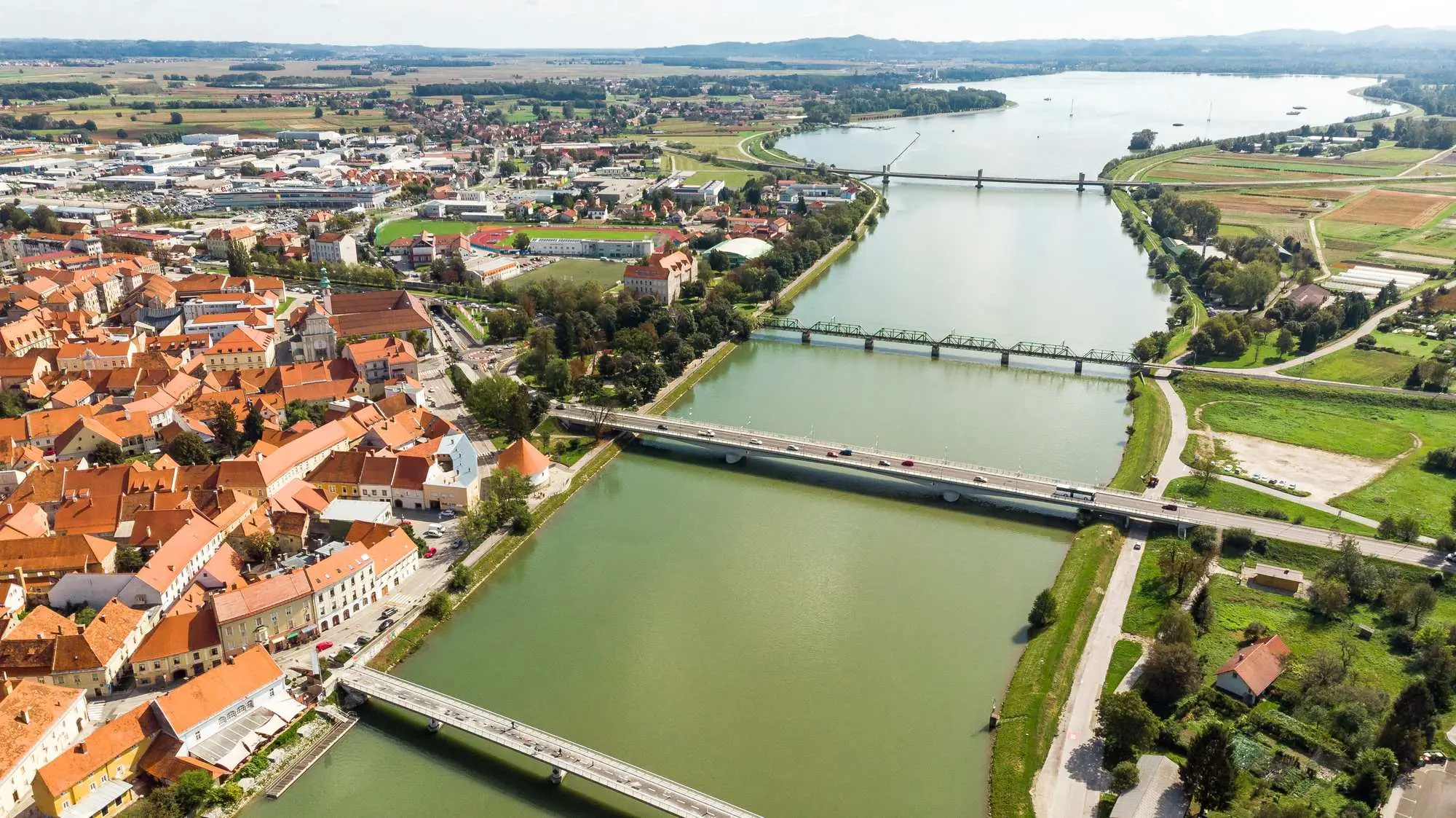
Drava and Ptuj Lake, Photo: merc67 Depositphotos
A TIME OF MASKS, BELLS, AND WINTER DANCE
There’s a time of year when this town transforms completely. It’s the time of Kurentovanje — the largest Slovenian carnival and one of the most unique in Europe. The Kurenti, masked figures dressed in sheepskin with horned masks and massive bells, descend into the town and step into its rhythm. In those days, Ptuj is no longer just a place — it becomes a stage.
The festival, rooted in ancient Slavic pagan traditions, is now protected by UNESCO, yet despite international recognition, it has remained true to its local spirit. This is a celebration that can’t be borrowed or exported — it is lived, here and now.

Kurentovanje, Photo: Marko Pigac, archive of the Institute for Tourism Ptuj, www.slovenia.info
HILLS WHISPERER
If you decide to step away from the town itself, just a few kilometers away lies Ptujska Gora. At the top of the hill stands the Church of Mary Help of Christians, one of the most important pilgrimage sites in the region. From there, the view stretches across vineyards and villages, and the silence has a weight you won’t feel quite the same anywhere else.
And when you return to the valley, it might be time to discover another great story — the one about wine. The town and its surroundings are known for a winemaking tradition that goes back centuries. The cellars in the town center hold some of the oldest wines in Slovenia, and varieties like haložan show that here, wine isn’t a product — it’s a legacy.
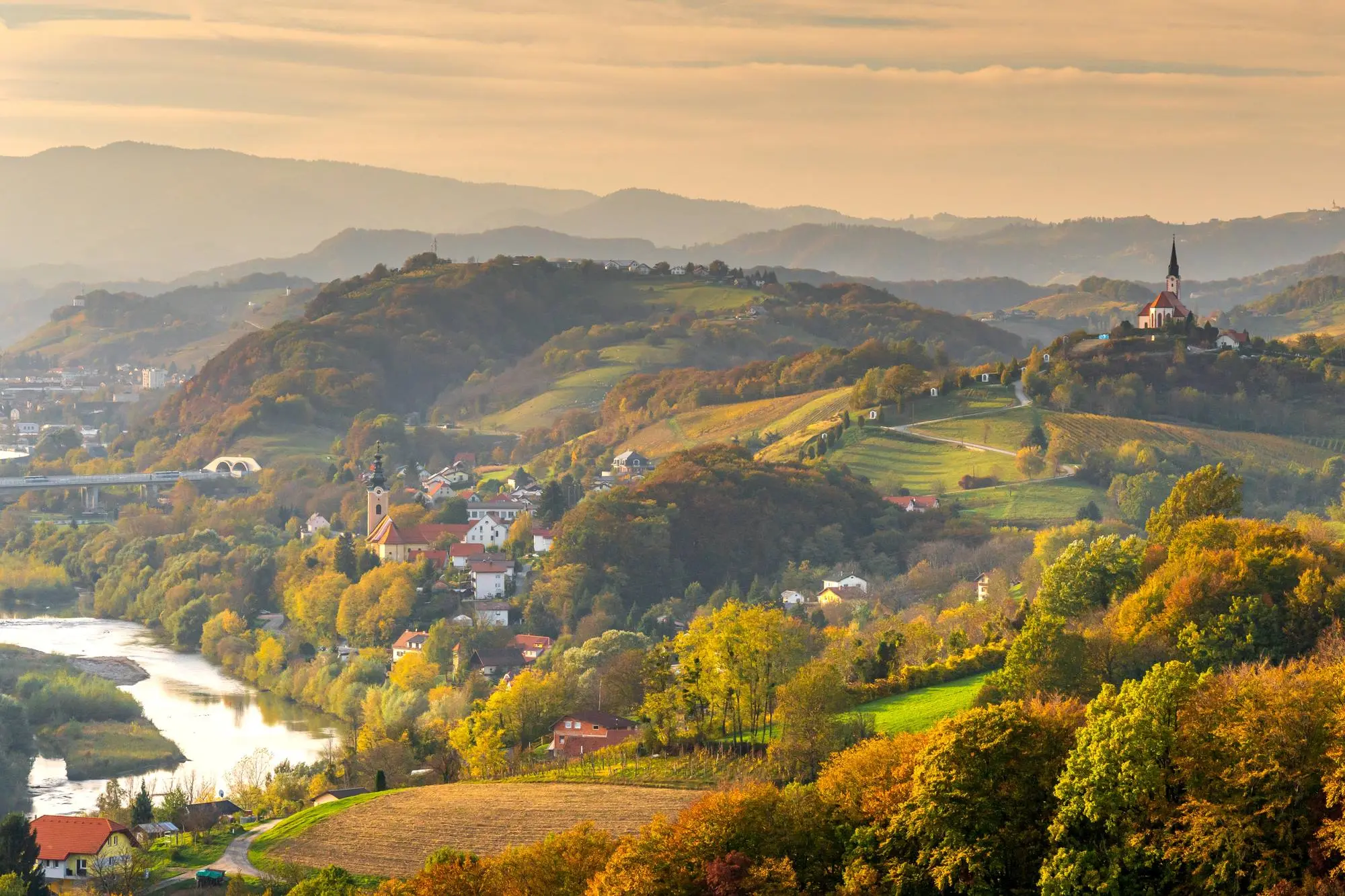
Ptuj, Photo: catalin.stoica Depositphotos
Ptuj doesn’t try to impress, yet it leaves a mark. It’s not one of those cities that sweep you off your feet at first glance – it enters quietly, but stays for a long time. And maybe that’s its greatest strength. It’s not a destination for a checklist, but a place you return to because it taught you something about time, about space, and about how little truly fades — if it’s real enough.


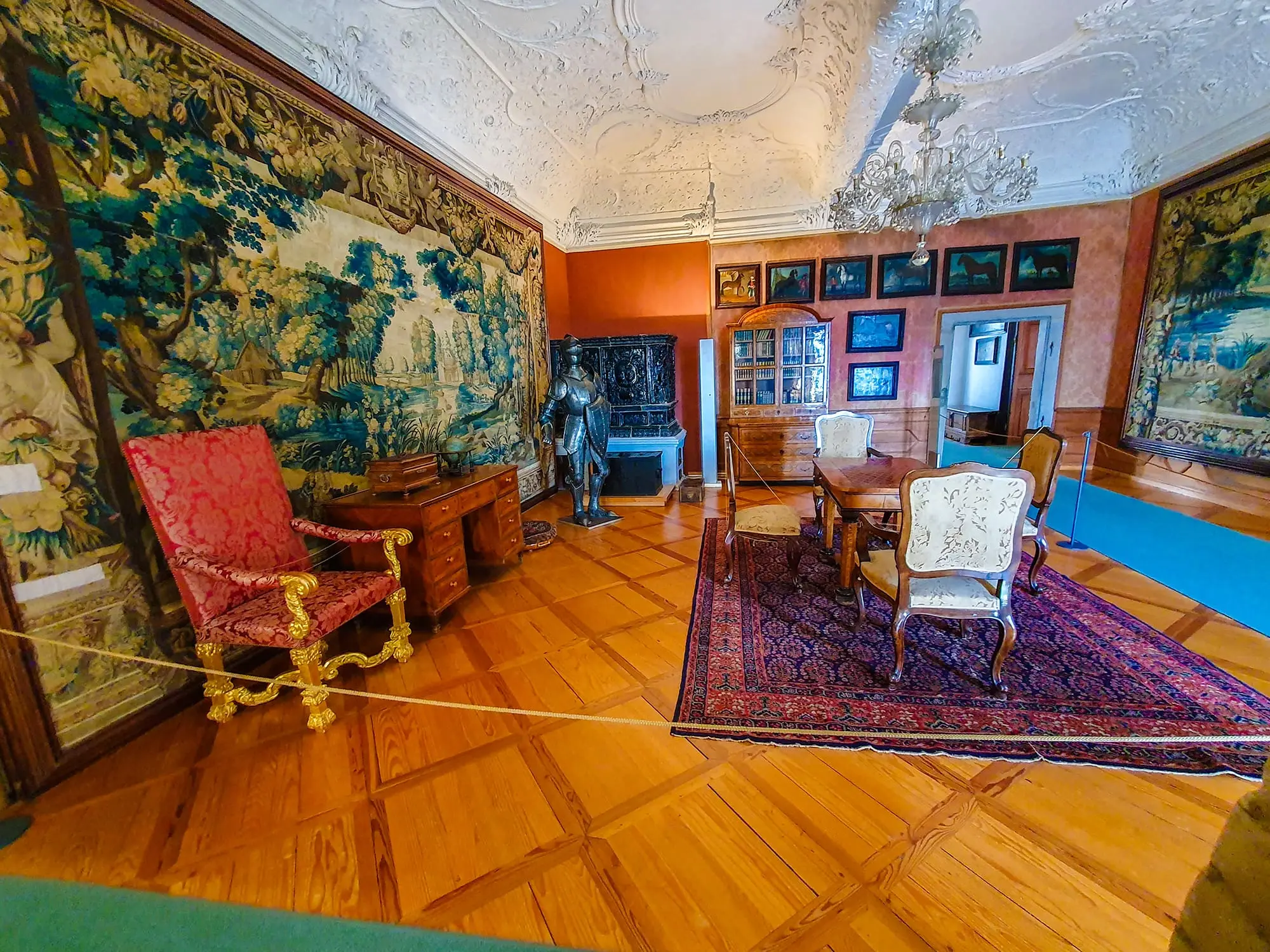
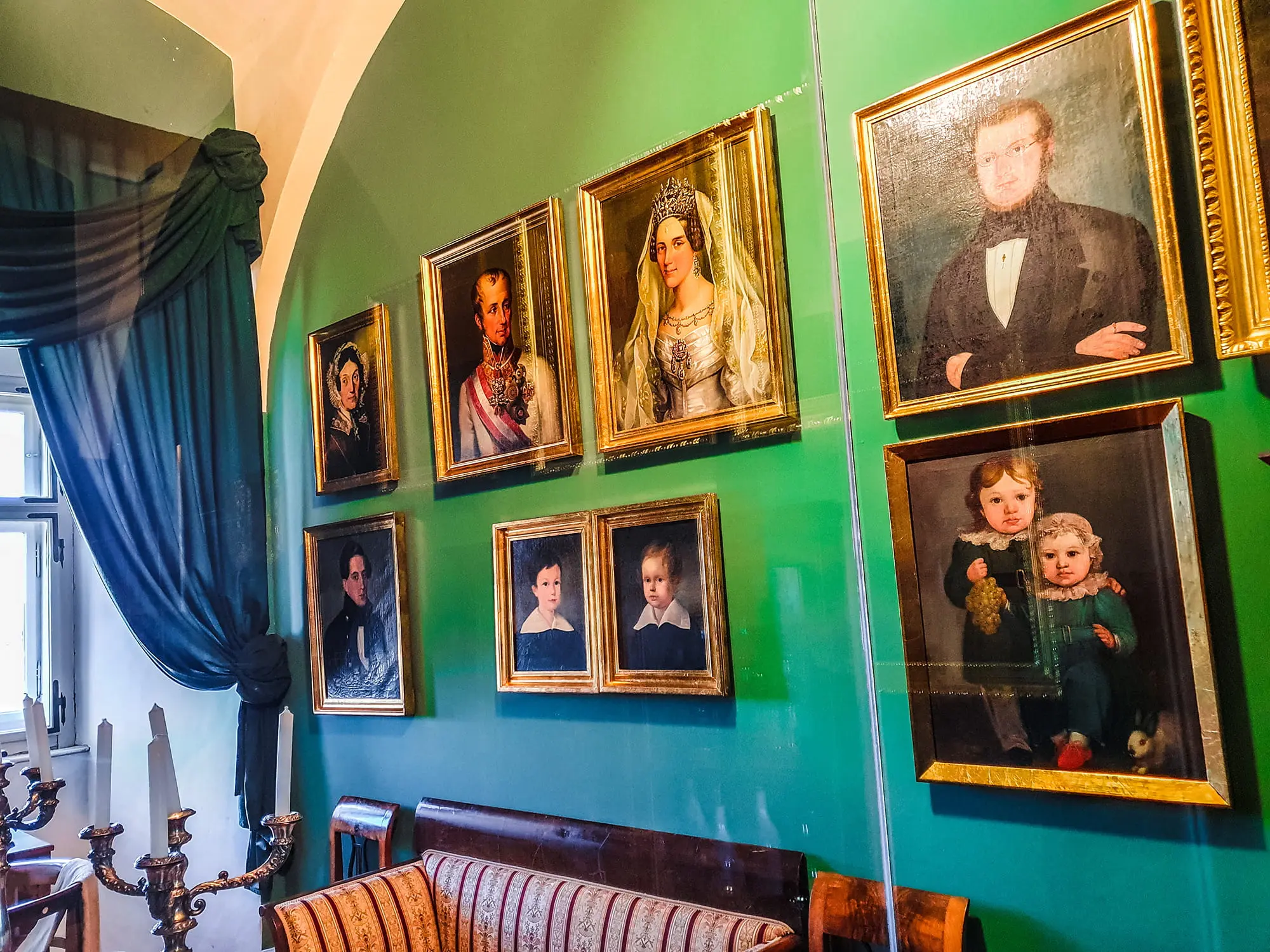
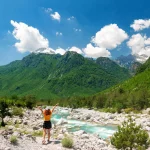
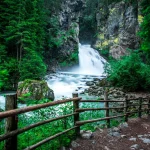
Leave a Reply